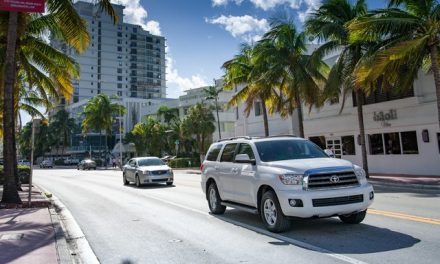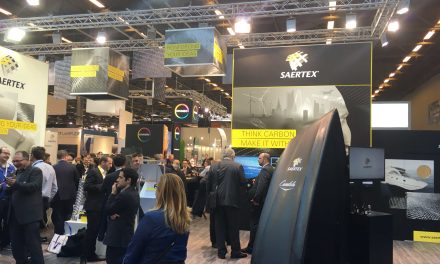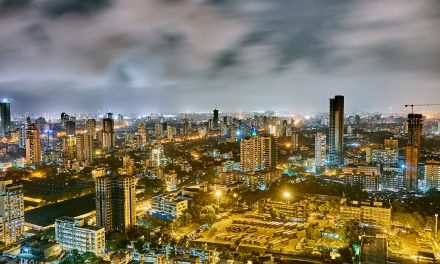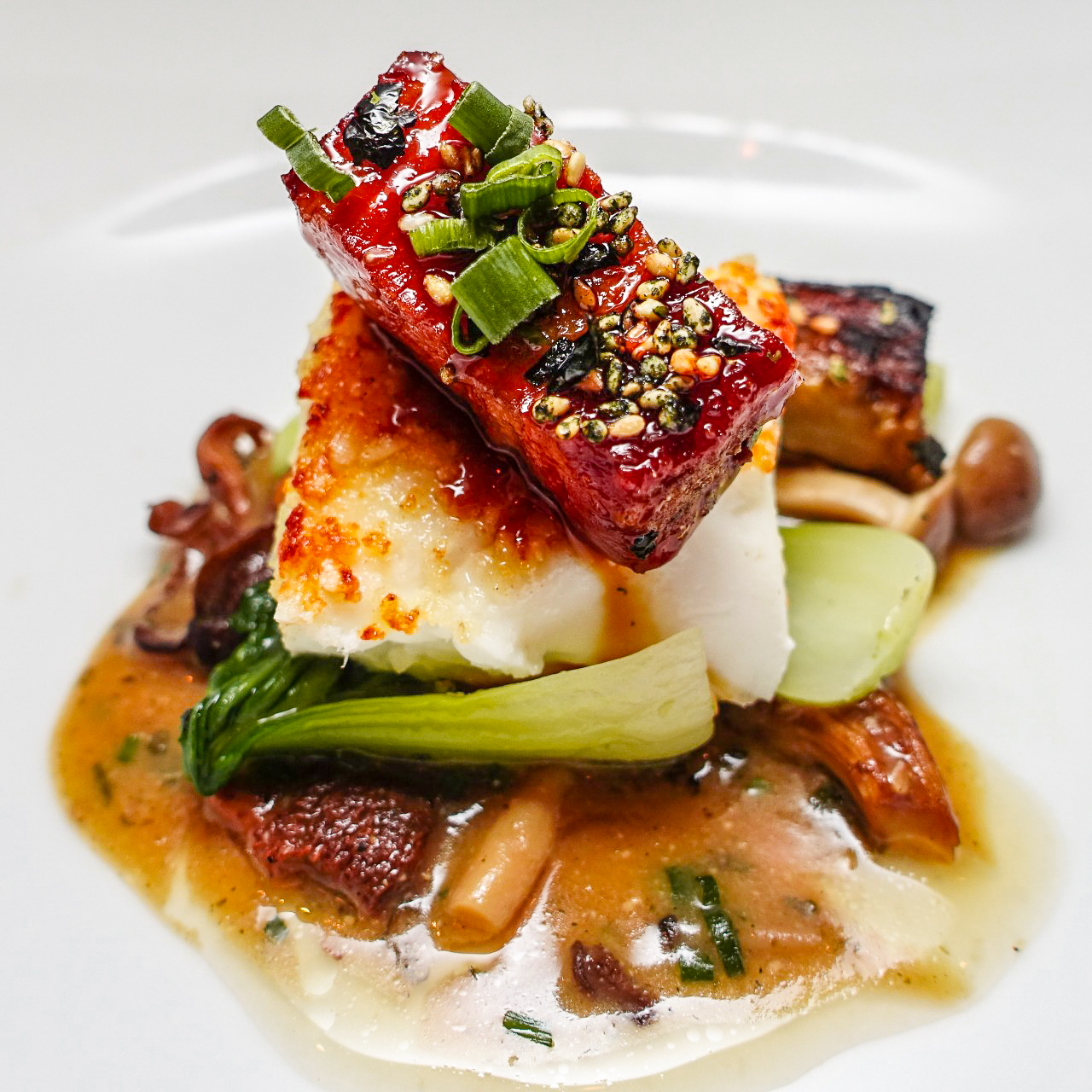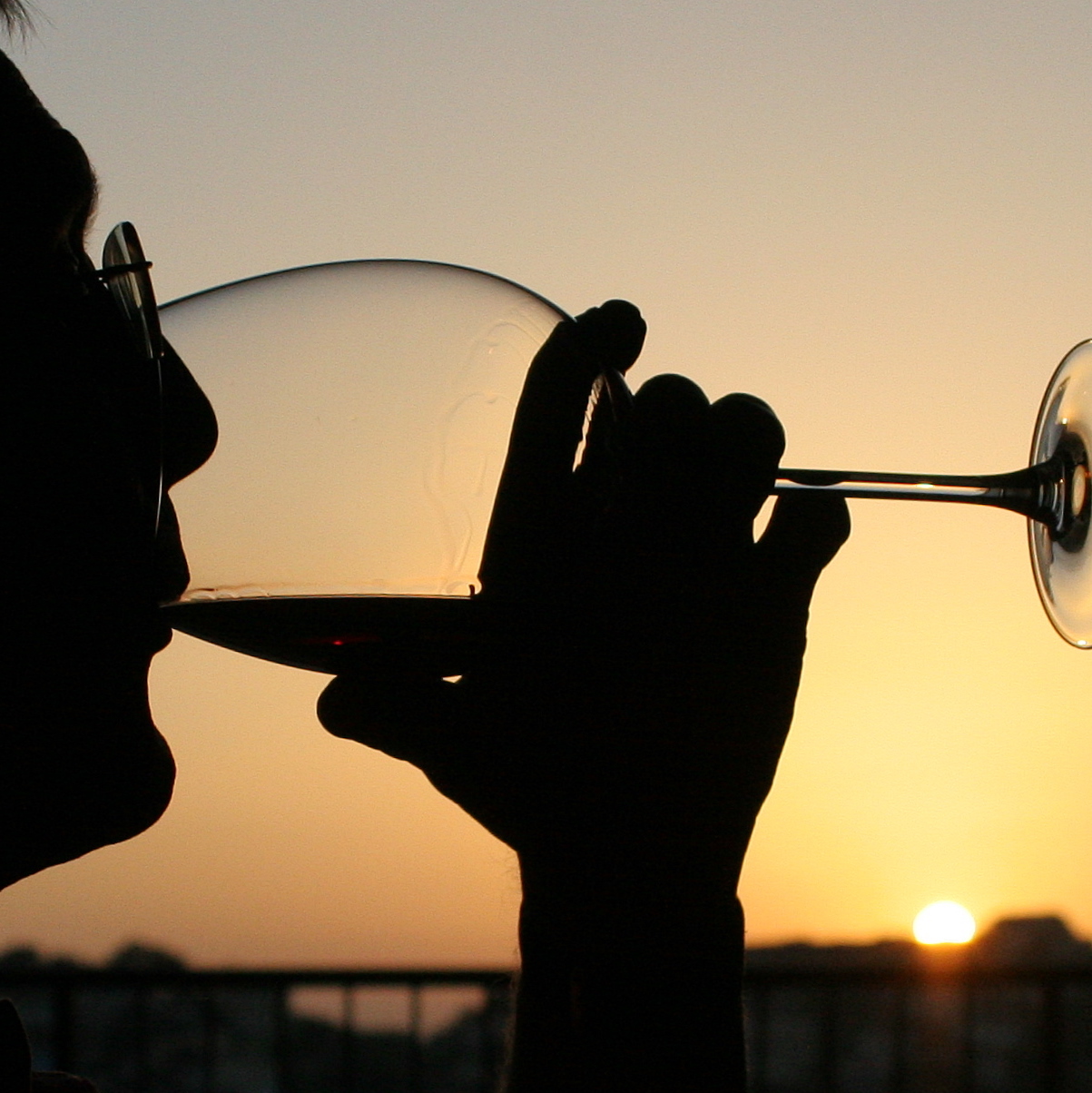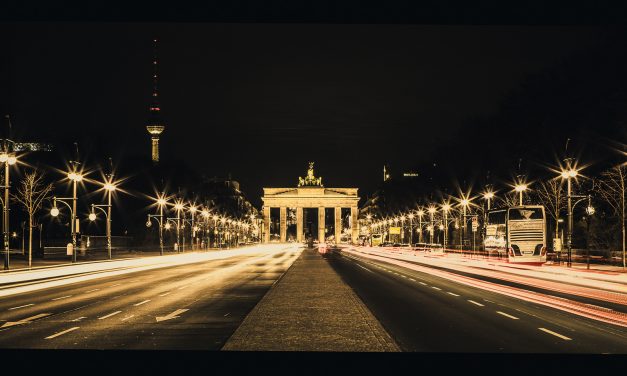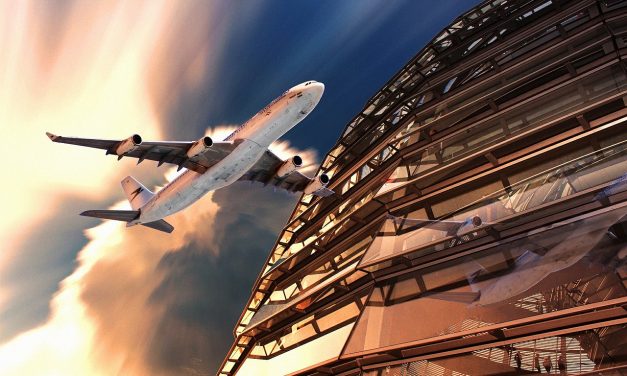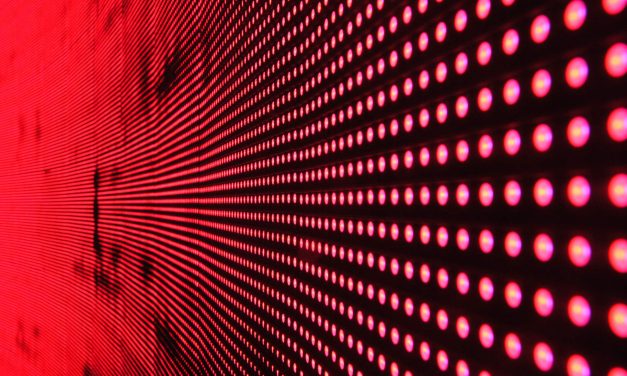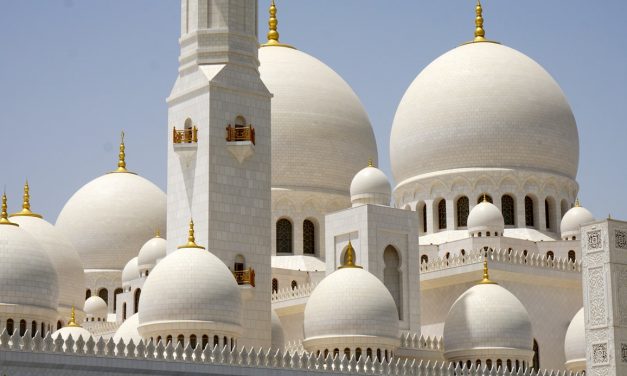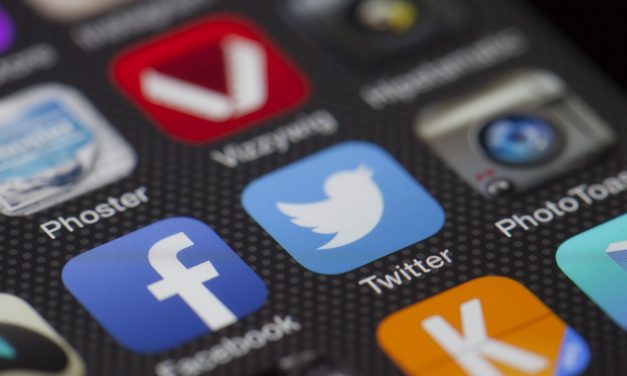What Berlin is known for
Here: Brandenburger Tor and the “Berlin Wall”
The Brandenburger Tor
The Brandenburg Gate is probably, after the Cologne Cathedral, the most photographed picture in Germany. It is the former city gate, located west of the “Pariser Platz”. The Brandenburg Gate is 26 meters high and 65,5 meter wide. the passage is 11 meters long, covered with reliefs as a glorification of the Greek hero Hercules. The Gate itself is Greek style, based upon the Propylaea in Athens, Greece. On top of the gate, resides the Quadriga. a chariot drawn by four horses driven by Victoria, the Roman goddess of victory.. A symbol of the historical strength of Germany and Berlin’s Roman heritage. Constructed 1791, the gate is one of the oldest buildings worldwide still in use. After the 1806 Prussian defeat at the Battle of Jena-Auerstedt, Napoleon took the Quadriga to Paris. However, after the defeat of Napoleon, the Quadriga has been restored, back to Berlin.
The “Berlin Wall”
After the second world war, Germany has been divided in 2 separate countries. The so called Federal Republic and the German Democratic Republic. Berlin, as the former capitol of Germany, remained partly West-German territory. Isolated for West-Germany and surrounded by the GDR, Berlin was first choice for fugitives of the GDR regime, supported by the Russians. which filled the power vacuum, left by the defeated Nazi regime. A solution to that arose 1961 with the construction of the “Berlin Wall”, after the lie of Walter Ulbricht, chairman of the State Council of the German Democratic Republic, who said:
“Noone has the intention to build a wall”
In 1963, U.S. President John F. Kennedy visited the Brandenburg Gate. The Soviets hung large red banners across it to prevent him looking into the East. In the 1980s, decrying the existence of two German states, West Berlin mayor Richard von Weizsäcker said:
“TheGerman question is open as long as the Brandenburg Gate is closed.”
On June 12, 1987, U.S. President Ronald Reagan spoke to the West Berlin populace at the Brandenburg Gate, demanding the razing of the Berlin Wall. Addressing CPSU General Secretary Mikhail Gorbachev, Reagan said:
“General Secretary Gorbachev, if you seek peace, if you seek prosperity for the Soviet Union and Eastern Europe, if you seek liberalization: Come here to this gate! Mr. Gorbachev, open this gate! Mr. Gorbachev, tear down this wall!On July 12, 1994, U.S. President Bill Clinton spoke at the Gate about peace in post-Cold War Europe.

